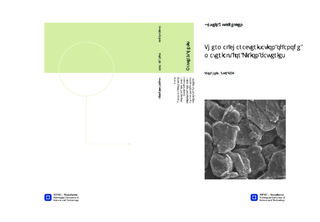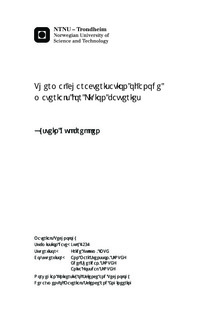| dc.description.abstract | Coin cells with lithium and graphite electrodes were assembled using different combinations of graphite material and electrolyte. Specifically, three commercially available graphite materials and five electrolyte compositions were studied. The cells were discharge-charge cycled with varying parameters in order to determine the performance of the graphite materials and electrolytes. Particularly, a temperature chamber was employed to cycle some cells at temperatures between 0 and 40°C to find the significance of the electrolyte composition and graphite material on the cell performance at these temperatures. The cycled cells were disassembled and samples from the graphite electrode soaked with electrolyte were prepared for thermal analysis, specifically differential scanning calorimetry (DSC). The thermal stability of the graphite electrodes and the influence from the graphite and electrolyte properties and the cycling parameters were analysed. In order to facilitate the interpretation of the results from discharge-charge cycling at different temperatures, DSC analysis from -80 to +50°C was performed on the pure electrolytes.Confirming previous studies, it was found that both the thermal stability and cycling performance were highly influenced by the properties of a solid electrolyte interphase (SEI), situated between the graphite surface and the electrolyte and formed during cycling. The three graphites were good substrates for stable SEI formation, exhibited by high thermal stability after being cycled at room temperature. After cycling with a temperature program, subjecting the cells to temperatures between 0 and 40°C, the thermal stability was generally reduced. This was attributed to increased SEI formation. The properties of both the electrolyte and graphite influenced the SEI and consequent thermal stability, though in different ways.The cell capacity was considerably reduced upon cycling at lower temperatures, such as 10 and 0°C. The results indicate that the electrolyte properties, particularly the viscosity and resulting conductivity, played the most important role in determining the cell performance. Low viscosity electrolyte components should be utilised, maintaining the electrolyte conductivity even at reduced temperatures. The graphite properties did not influence the cell performance at the temperatures studied. Advice is given on which electrolyte components should be avoided to build Li-ion cells performing acceptably at temperatures from 0 to 40°C. | nb_NO |

